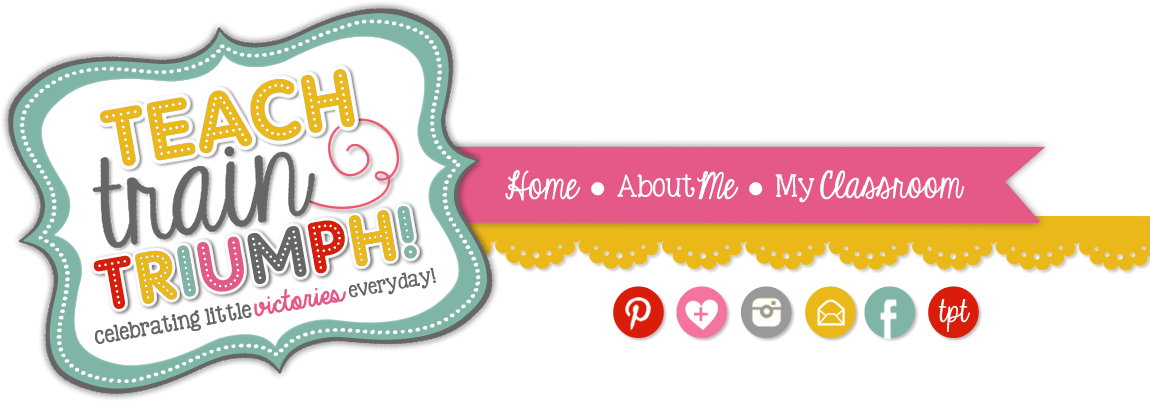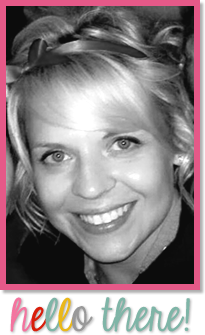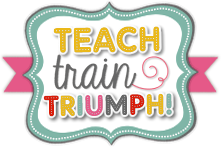So I was kind of shocked when Laney (the author) mentioned how rich our classrooms are with "literacy" but may be lacking "numeracy." I caugth myself thinking...OMG, that's so true! We have word walls, bins of books, student writing displays, alphbets but what is there to represent numbers and math? In first grade it is more common to see calendars, place value charts, 100 charts were students gather at morning meeting or math meeting to discuss the days of the week, the date, days in school, etc. I'm not sure if these things are seen too much outside of kindergarten and first grade classrooms. And maybe they are there...but are students gathering to talk about it? I don't know. I didn't last year when I taught 3rd grade...
Anyway this chapter got me thinking about what I have in my classroom and is helping provide students with a "rich numeracy environment" I have the things stated above but there is much more I could be doing for sure! My plans for the coming year include a pocket chart word wall with the math vocabulary that we can add to and review the words every day. I also plan to use math journals, something that I have used in the past with older students, so I'm still sorta on the fence about how and what to do with them :/ I will be spending most of my summer working on my math curriculum-planning and organizing! I really loved the idea about using the Frayer Diagram model for vocab in math! I think firsties could do this with some help and then eventually maybe on their own.
Classroom set-up and arrangement have a huge impact on students and I've been thinking about making some changes to my set-up next year (and because I have no choice cause I'm moving rooms..AGH!) So moving has got me thinking about better ways to arrange everything to make it all more students friendly. My meeting area is very important and where I do a bulk of my instruction and I plan on making the most changes there. (I would love to show you a picture, but it's all packed for the time being!)
You really need to get this book because it's hard to explain everything that you will learn by reading it!
Here are the principles just in case you were wondering...1. All students can learn mathematics, 2. A numeracy-rich environment promotes mathematical learning by students, 3. Learning at its best is a social process, 4. Learning mathematics is a constructive process, 5. An organized classroom environment supports the learning process, 6. Modeling and think-alouds, combined with ample opportunities for guided and then independent problem solving and purposeful conversations, create a learning environment in which student's mathematical understanding grows and finally 7. Ultimately students are responsible for their learning
I am drawn to #6-Modeling and think-alouds...something I do not feel are strong techniques that I use, but definitely need to learn and teach myself so I can better help my students. It makes me think back to my childhood and learning to go the algorithm but never understanding really why it worked or bothering to care. I just "did it." I have made the mistake of thinking that my students have seen something or learned something previously but their understanding not concrete or there are many misconceptions. Modeling and think-alouds give students a starting place, a way to think about something and try it for themselves. It's not about giving the answer but learning the process of how to get to the answer.

I definitely feel that I work hard to create a sense of community in my classroom, I spend a lot of time working at the beginning of the year doing different activities to try and establish such a feeling. However there are a lot of changes that I would like to make in the coming year. Morning meeting or math meeting is a very important in our schedule and I would encourage everyone at all grades levels to try some sort of morning meeting. It's great way to come together each day and talk about what's happening in the classroom or school. I really like the Responsive Classroom stuff, you can read about it here and visit their website. As for how the meeting integrates math, I do daily counting and caledar concepts. This next year I'm going to try hard to have my student's run the meeting. FINGERS CROSSED! What do you do in your classroom for community building?




















































